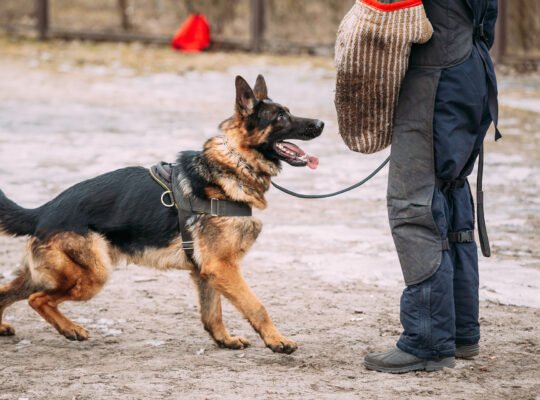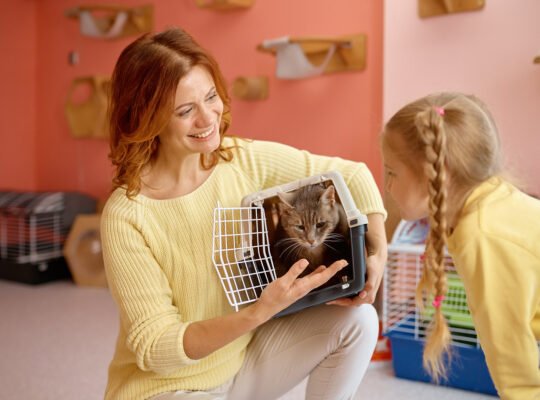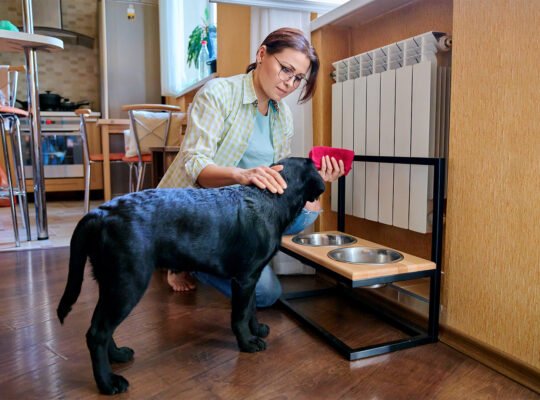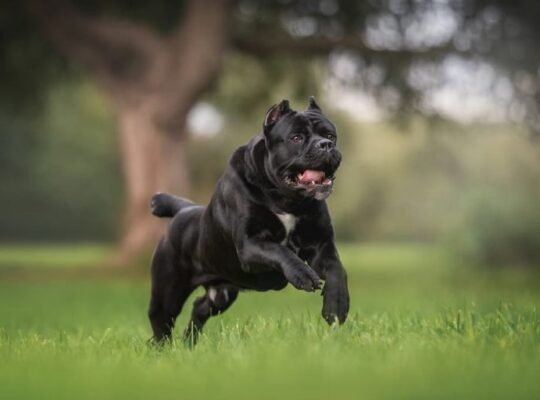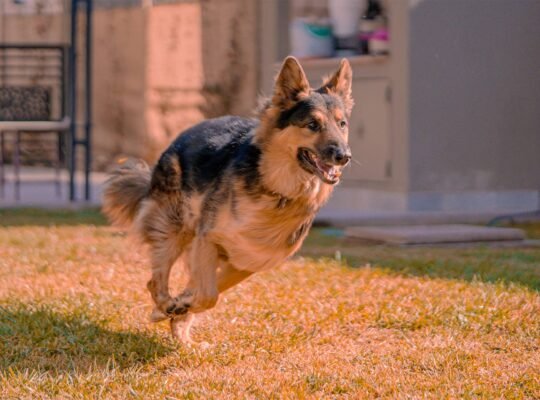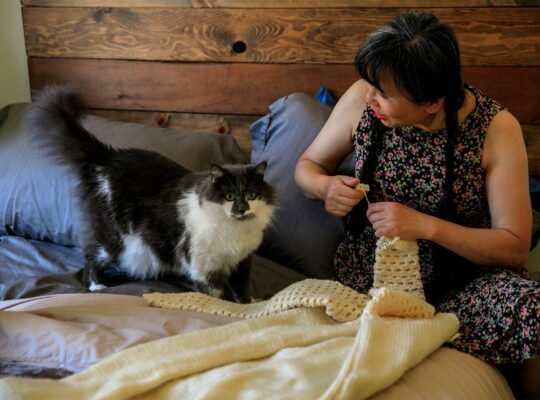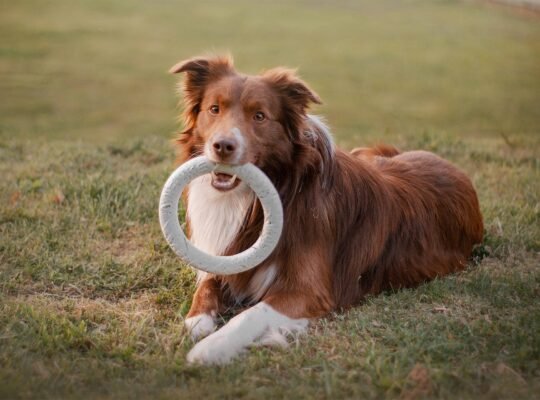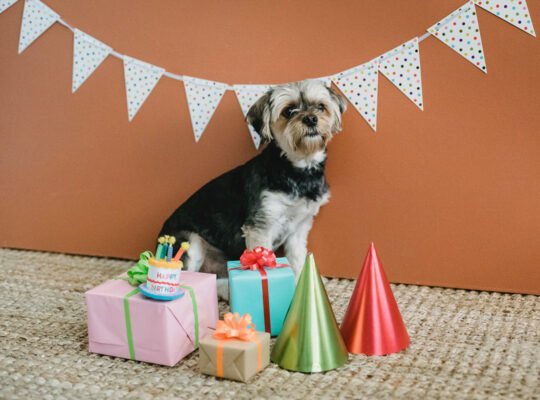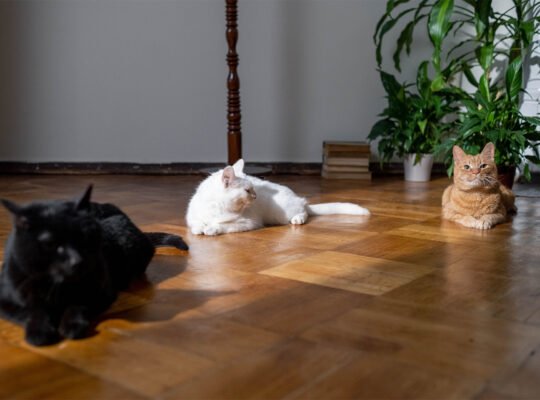Leash Reactivity Unleashed: Effective Training Tips for Small Dogs
Excerpt: Leash reactivity doesn’t have to dictate your small dog’s walks. Discover training strategies that empower you to transform your walks into moments of joy. With positive reinforcement and patience, you can guide your small dog towards a calmer and more relaxed on-leash experience.
Introduction
Walking a small dog can bring immense joy, but if your furry friend displays leash reactivity, walks can become stressful. Leash reactivity often manifests as barking, lunging, or aggressive behavior towards other dogs or people. The good news? With proper training, you can address this behavior and enjoy peaceful walks with your small dog. This article presents training tips tailored to small dog owners, designed to help you manage and overcome leash reactivity.
Tip 1: Positive Reinforcement
Reward-based training is highly effective for leash reactivity. Carry high-value treats and reward your small dog when they exhibit calm behavior around triggers. Associate positive experiences with the presence of other dogs or people. Over time, your dog will learn that good behavior leads to rewards, encouraging them to remain composed during walks.
Tip 2: Desensitization
Gradual exposure to triggers can help desensitize your small dog to their presence. Start at a distance where your dog remains calm, and slowly decrease the distance over multiple sessions. Use treats, praise, and toys to reinforce calm behavior. This method helps your dog build positive associations and reduces their reactivity.
Tip 3: Focus and Engagement
Teach your small dog a “focus” or “look at me” command. When you notice triggers approaching, ask your dog to focus on you. Reward them generously when they comply. This redirects their attention from potential stressors and reinforces the importance of staying connected to you during walks.
Tip 4: Counter-Conditioning
Counter-conditioning involves changing your dog’s emotional response to triggers. Whenever your dog spots a trigger, engage them in an activity they love, such as playing or practicing tricks. This shifts their focus from the trigger to the enjoyable activity, gradually reducing their reactivity.
Tip 5: Seek Professional Help
If your small dog’s leash reactivity is severe or persistent, consider enlisting the help of a professional dog trainer or behaviorist. They can create a customized training plan based on your dog’s specific needs and help you implement effective techniques to manage and modify their behavior.
Conclusion: Empowering Walks
Leash reactivity in small dogs can be challenging, but with dedication and the right training approach, you can transform your walks into enjoyable experiences. By implementing positive reinforcement, desensitization, focus commands, and counter-conditioning, you empower your small dog to respond calmly to triggers. Remember, every small step of progress is a victory on the path to stress-free walks and a stronger bond between you and your canine companion.
Key phrase: Training leash reactivity in small dogs
External Links:
- American Veterinary Society of Animal Behavior: Leash Reactivity
- The Spruce Pets: How to Train Your Dog to Stop Barking on Leash
Note: The above external links are provided for informational purposes only and do not constitute endorsement or affiliation.


